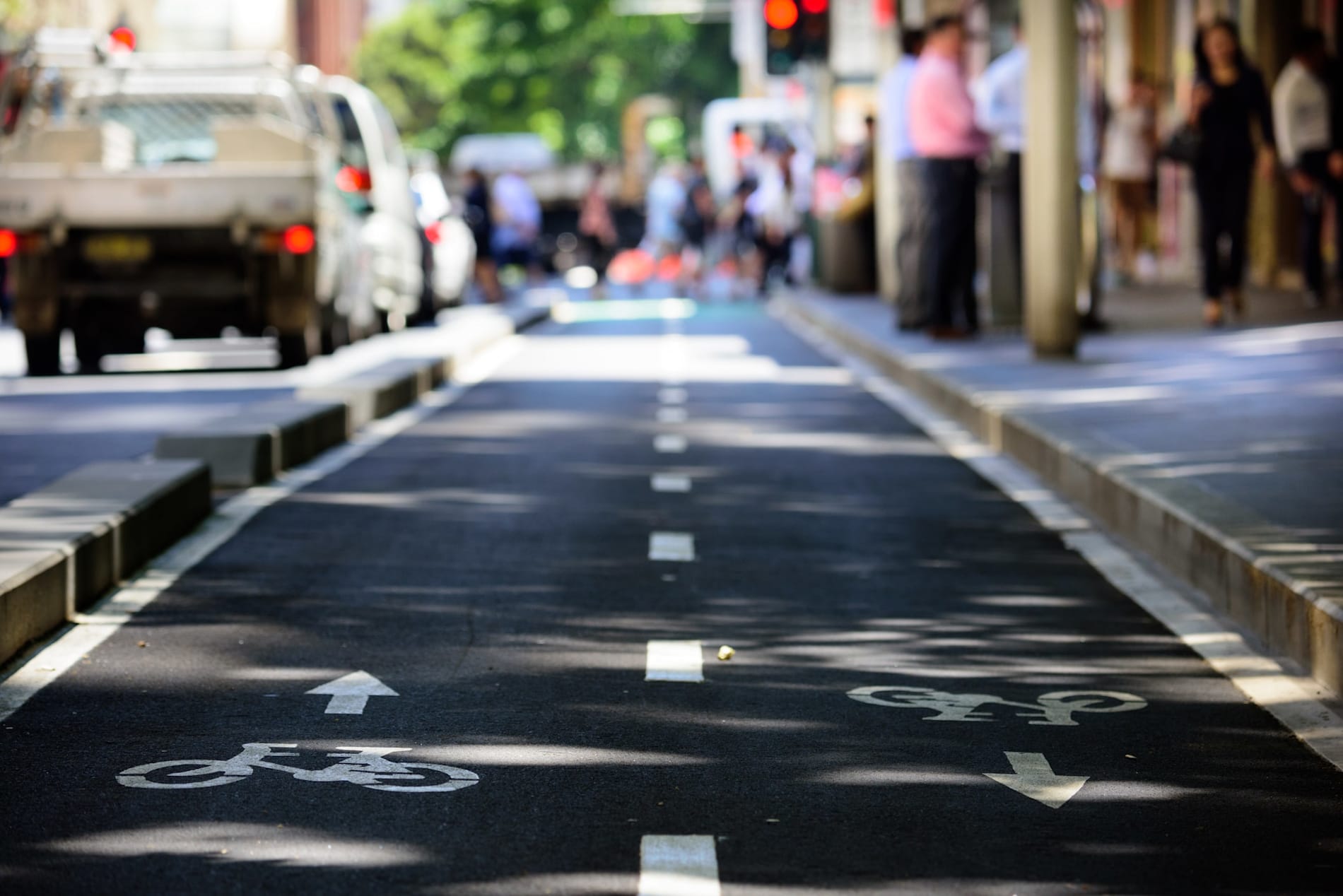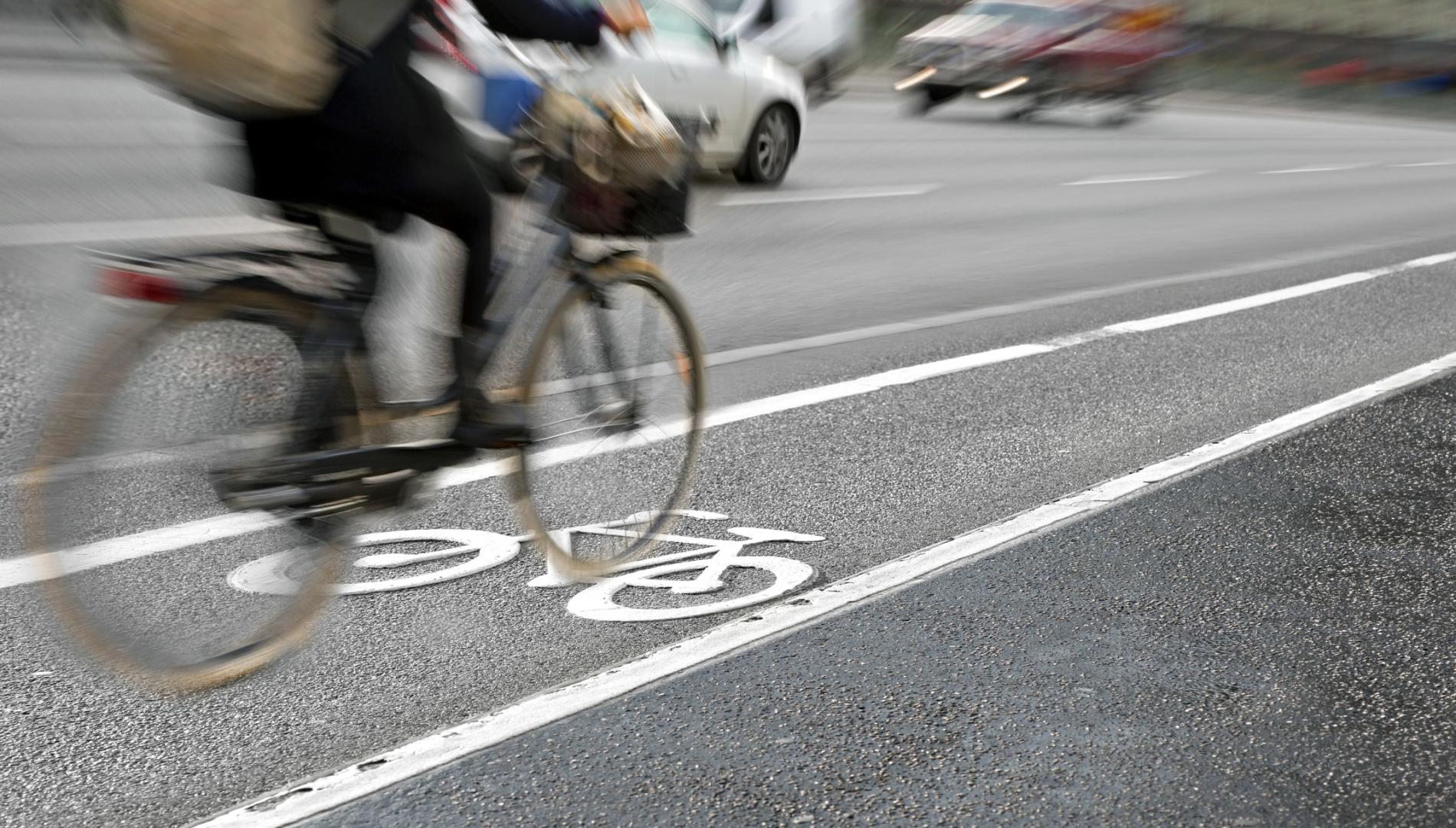You might remember, as a child, playing in the streets. Whether riding a bike, kicking a footy, or playing games with other kids, it was magical.
But our streets have changed. We now live in a car-centric country where, for most children, playing on the street simply isn’t an option, largely due to safety concerns.
And now, Australian kids are among the least-active in the world, recently ranked 140th out of 146 countries for physical activity.
However, we can turn this around. We must provide children and adults with safe spaces to walk and ride a bike, and ensure that walking, wheeling or riding is the preferred choice for how we move around.
Bike-riding is a bit of a magic pill. It’s fantastic for physical health and reduces the likelihood of major health risks, such as cancer and cardiovascular disease.
It enhances mental health – people who commute by bicycle are twice as happy as those who drive or catch public transport.
Read more: Three in four people want to ride a bike, but are put off by lack of safe lanes
Bike-riding also has the potential to dramatically reduce emissions. In Australia, transport is the second-largest, and fastest-growing, source of emissions. Despite what some people believe, electric vehicles aren’t the sole solution to this problem – they don’t get people active, and they don’t fix traffic congestion.
Research shows bike-riding is 10 times more important than electric cars in reaching net zero targets.

Biking a boom for the economy
It’s also fantastic for the economy. Every dollar invested in bike-riding returns, on average, $5 in economic benefit to Australia, including through direct health benefits, decongestion on our roads, reduced cost of living for families, and environmental benefits.
So, it’s a no-brainer to get more people travelling by bike. We know through research by our Sustainable Mobility and Safety Research group at Monash University that a massive 78% of Australians are interested in riding a bike, but they’re holding back because they believe there are barriers to them doing so.
These barriers include feeling unsafe riding in motor vehicle traffic, and motorist aggression. We also know that in Melbourne, more than 50% of trips are less than 5km (that’s 5.6 million trips each day!), and many of these could be made by bike.
But making it happen is much tougher. Currently, only 1.9% of trips are made by bike.
We know safe bike-riding infrastructure such as off-road paths, on-road protected bike lanes and low-speed streets (including 30 kmh speed limits on residential streets) have potential to dramatically increase the number of trips by bike. But implementing this type of infrastructure on our streets (in our very car-centric cities) is complex, political, and polarising. There are safety concerns, conflicting perspectives, and gaps in data to underpin better policy and investment decisions.
The benefits of bike lanes
More than three-quarters of Australians want bike-riding, walking and public transport options prioritised, and most people would like to see greater investment in dedicated bike lanes that separate people from cars.
Bike lanes are also good for business. Studies have shown businesses generally overestimate the proportion of customers who arrive by car, and that businesses located on streets with separated bike routes grew faster than those without.
Numerous studies have also shown the impact of bike lanes and lower speed limits has a negligible impact on journey times, and can in fact reduce congestion by getting people out of cars and onto bikes.
Read more: How to get more women on bikes? Better biking infrastructure, designed by women
As a global community, we’ve moved beyond the concept that bike-riding is something that is “nice to have” in cities. Enabling people to choose active and sustainable modes of transport is now fundamentally essential to address the health and climate crises that face us today.
Other cities and countries are making big strides forward. Paris and London have invested heavily in bike infrastructure, and have seen the benefits to their communities in terms of health, air pollution and congestion. Now, Paris is continuing to invest in bike infrastructure to make Paris a “100% cycling city”.
In order to make sure Australia isn’t left behind, we need a coordinated and evidence-informed effort to make riding a bike safer, better, and more equitable for all Australians.
We cannot take small steps forward. We must be bold. We must be brave. And we must put people at the heart of everything we do. We have to think big about the bicycle, and bike better.






